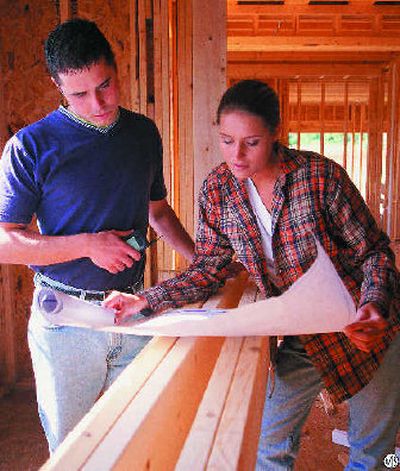Your home’s value: Five home-improvement mistakes to avoid

If you’re set on improving your home, you may have already started to calculate the improvement’s positive effect on your home’s value – especially if your short-term or long-term plans include selling your home. Before you pound your first nail or call that contractor, check this list to make sure you can avoid some common “homeowner mistakes.”
1. Unrealistic Expectations: Most homeowners assume that a dollar invested in home improvement will yield a dollar in home value. If you invest $20,000 in a new kitchen, you’d expect your home’s value to increase by $20,000 too, right? Wrong! Dollar for dollar returns are a common misconception. Studies reveal that most home improvements yield a lesser percentage of money returned at time of sale (Kitchens and baths are on the high range at about 80 percent). The good news is that the longer you live in your home, the more its overall value increases.
2. Improving Before You Move: If you plan to sell within a year, making a major improvement such as family room, or attic makeover can often be a mistake. Because most improvements don’t yield a dollar for dollar return in the short run (under 2 years), you should focus on “must improves” that are quick, easy and cheap. Consider high-impact items that are limited in scope such as new counter tops, cosmetics such as new mail box and house numbers or minor landscaping such as new shrubs or trees.
3. Failure to Maintain: Failure to keep up on maintenance can have a direct effect on your home’s value because a new homeowner expects everything to be in “working condition.” Exterior paint jobs may help increase the “curb appeal” of your house, but don’t expect a $5,000 paint job to translate into $5,000 more in home value.
After all, proper maintenance is a part of home ownership. On the other hand, it is a common occurrence that failure to maintain your property will reduce your home’s sale value by the cost it will take to repair the damage or implement necessary maintenance. Think of maintenance improvements as a way to prevent your home’s value from going down.
4. Beware Over-improving: Before you commit to any big projects, ask, “Is this three-car garage or pool out of character for my neighborhood?” If the answer is yes, you may be consigning your house to an “oddity” status. If you “improve” your house beyond and unlike the entire neighborhood that surrounds it, you are very unlikely to realize the value when it comes time to sell.
5. Not Keeping Up With Home Values: If you know the house down the street sold for $325,000 with a slew of home improvements, you can get an idea of your home’s value (if your home is comparable), or more importantly, whether or not you should install those same kinds of improvements. Looking at comps and neighborhood sales gives you the best idea of your home’s value. You can look at exact home sale prices online and keep track of values in your neighborhood by visiting www.domania.com.